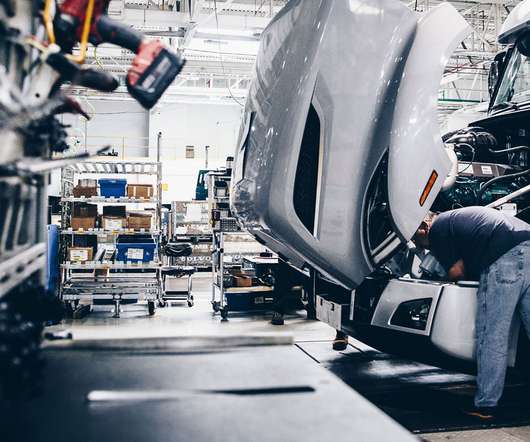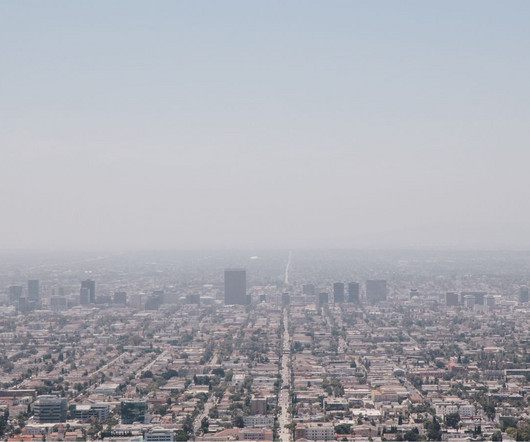New Analysis Shows Truck Manufacturers’ Scare Tactic Just a Bunch of Hot Air
Union of Concerned Scientists
NOVEMBER 3, 2022
I’ve written previously about how the truck industry is fighting regulations at the state and federal level with everything they’ve got. One of the scare tactics truck manufacturers have been pushing is the old industry canard of job-killing regulations. Why would truck regulations impact jobs?












Let's personalize your content